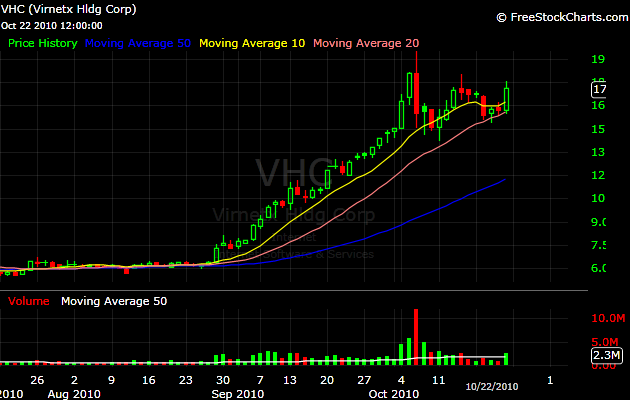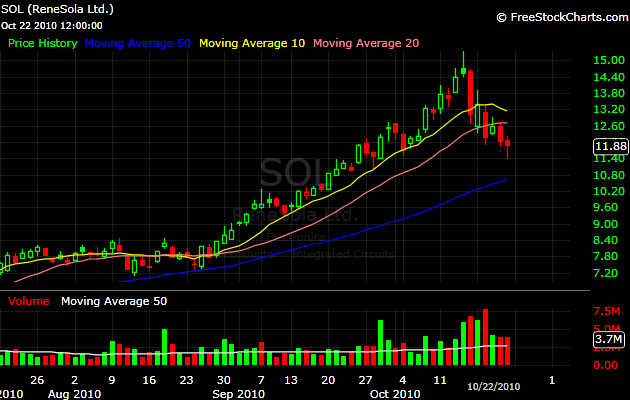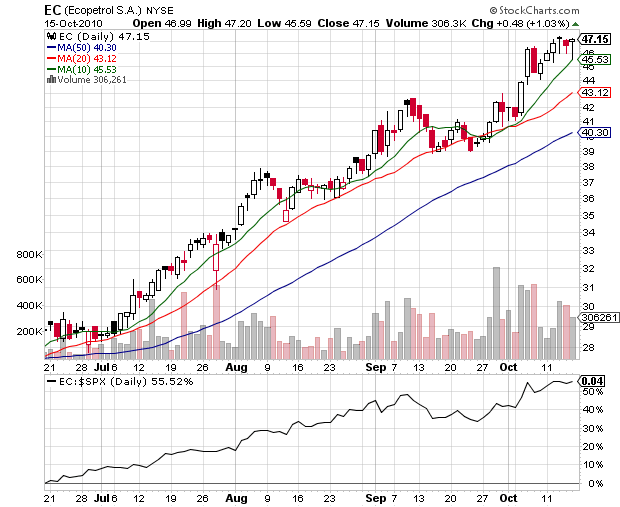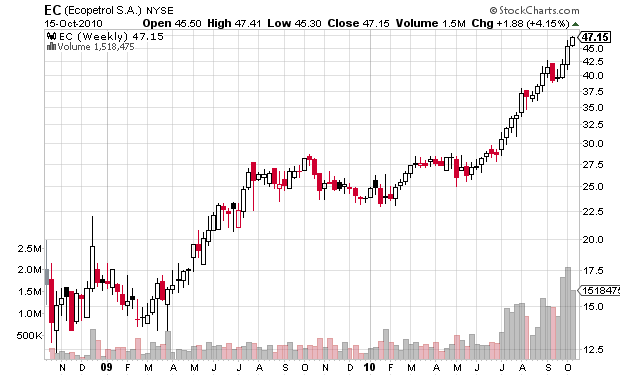Everyone is excited about the opportunities that momentum stocks bring when they are moving up. Unusual price moves lead to a conversation and boost risk appetite. But what happens when the momentum suddenly deccelerates or it just disappears? Many of the momentum stocks are parabolic. They move fast on the upside and they move even faster on the downside.
So what happens at the top? The stock goes significantly above its relevant MA, where it is very vulnerable to a sell off. It is not rare to see an exhaustion gap. The stock gaps up, runs during the first hour and then reverses intra-day. The demand suddenly vaporizes and with each point lower the supply increases as stops are taken one after another. The stock quickly breaks down below its relevant MA.
In my experience, there are two basic scenarios after a relevant moving average is broken. By relevant MA, I mean the MA that served as a support during the uptrend move of the stock.
Scenario 1: There is a wide-range one-three days sell off, followed by a significant reduction in the daily range and sidewise consolidation. The stock finds support at a longer-term rising MA – 20 or 50-day sma. This is a healthy behavior. Many market participants are reluctant to buy stocks that are extended from their base and patiently wait for another base to build before they commit any capital. A good illustration of Scenario 1 could currently be found in $VHC, which has been a regular member of the StockTwits 50 list since its public introduction. The stock went from 6 to 20 in less than 6 weeks. Then it broke below its 10-day MA, which has been a level of support during the uptrend. It consolidated for two weeks as it found buyers above its rising 20-day MA. The stock seems ready to continue its move. Stop below $15.20.
Scenario 2: the stock slices through its relevant MA and then it quickly bounces from a longer-term MA, without spending any time in consolidation. Sometimes such bounces offer quick intra-day profit opportunities, but in general they are prone to a failure, especially if the stock doesn’t manage to clear the previous high.



